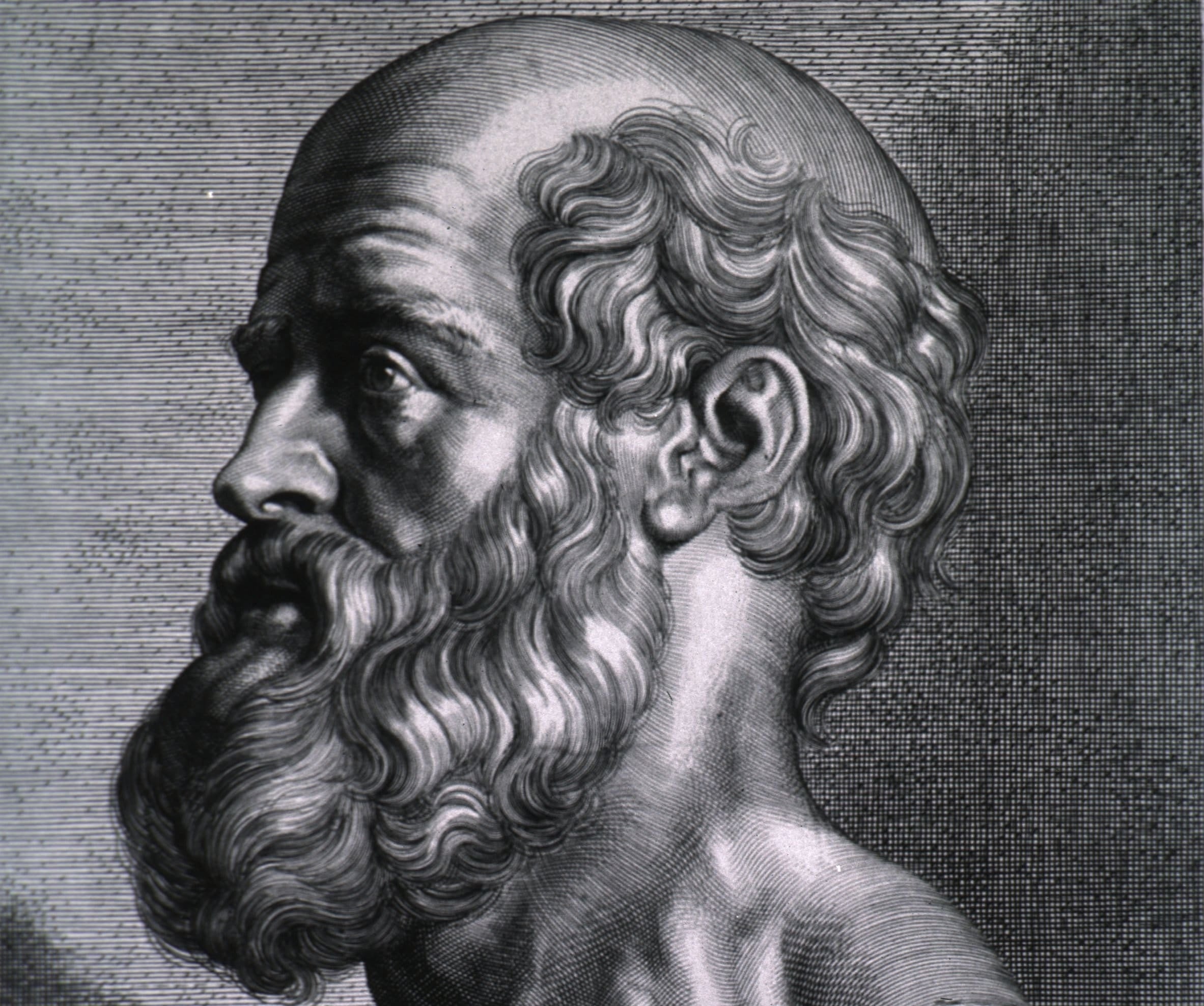ORIGIN OF COLD BATHS



During the Ice Age, our ancestors found themselves stuck between glaciers and the ocean. They had to turn to marine life to meet their dietary needs. Somewhere in our distant history, in the heart of the Ice Age, our ancestors ensured their survival and that of their families by fishing in the waters, hunting fish with harpoons, then cooking them over the fire. To recreate these conditions, let's immerse ourselves in cold water, thus reproducing the situations to which our bodies have been adapted since the dawn of time.
Hippocrates
Cold therapy has a long history, dating back to the writings of Hippocrates around 300 BC, where he indicated that cold water was effective for pain and inflammation, such as that caused by a sprained ankle. ankle or chronic pain. (Garcia et al., 2020)
In the Roman Empire
The frigidarium was the cold bathing area in the thermal baths of the Roman Empire. The cold bath was usually taken at the end of the bathing ritual to eliminate perspiration, firm the skin, reactivate fluid circulation, tighten pores and promote general well-being.
BENEFITS
01
REDUCTION OF INFLAMMATION & SWELLING
Your skin's contact with the water in the cold bath narrows your blood vessels, decreasing blood flow, and therefore inflammation and swelling.
02
DEPRESSION & ANXIETY
Cold water immersion is associated with the release of endorphins, promoting a sense of well-being and reducing symptoms of stress and anxiety.
03
MOOD & BRAIN FUNCTIONS
Cold water leads to increased alertness and better concentration. The release of endorphins triggers a feeling of well-being and euphoria, which can thus induce a feeling of natural “high”.
04
INCREASED ENERGY & MENTAL RESILIENCE
Cold baths have this powerful invigorating effect on the body, leading to increased energy levels. Enduring exposure to cold water helps develop mental toughness, as it requires overcoming discomfort.
05
ENHANCED RECOVERY
When you get out of a cold bath, your blood vessels dilate, which increases the flow of nutrient-rich blood to your muscles and helps remove metabolic waste products that build up during exercise. But in some cases, we don't want to counteract post-workout inflammation; it is therefore advisable to do it before training.
06
ENHANCED IMMUNITY
Regular exposure to cold water strengthens the immune system by increasing the number of white blood cells.

COLD BATHS TODAY
Today we still enjoy the same benefits as our ancestors, but now we have more science and research to better understand the power of cold water on our immune system, our mental health, our sleep, our blood circulation , our pain, our inflammation, our recovery, and much more.
Scientific studies
Dozens of scientific studies have been conducted, proving the numerous benefits of cold water on the human body. Here are a few.
Strengthening the immune system through exposure to cold.
Strengthening the immune system through exposure to cold.
Exposure to cold improves general well-being, increases glutathione levels, and promotes the increase in killer T cells and lymphocytes.
Inflammation and exposure to cold.
Inflammation and exposure to cold.
Cold water immersion versus cryotherapy
Cold water immersion versus cryotherapy
Cold water immersion has been shown to be more effective than cryotherapy. Additionally, cold water reduced muscle soreness and increased recovery levels for 24 to 48 hours after exercise.
Improved cardiac activity
Improved cardiac activity
Repeated immersion in cold water improves heart rate variability (HRV).
Cold stimulation before exercise increases natural testosterone production in men.
Cold stimulation before exercise increases natural testosterone production in men.
The groundbreaking Japanese study (Sakamoto et al., 1991) established that cold stimulation before cycling increases natural testosterone production in men.
Norepinephrine release triggered by cold exposure
Norepinephrine release triggered by cold exposure
Shivering triggers brown fat to produce heat and burn calories.
Shivering triggers brown fat to produce heat and burn calories.
PGC-1α release triggered by cold exposure
PGC-1α release triggered by cold exposure
(PGC)-1α is a member of a family of transcriptional coactivators that plays a central role in the regulation of cellular energy metabolism. It is strongly induced by exposure to cold, thus linking this environmental stimulus to adaptive thermogenesis. PGC-1α stimulates mitochondrial biogenesis and promotes the transformation of muscle tissue toward a more oxidative and less metabolically glycolytic fiber composition, and it participates in the regulation of carbohydrate and lipid metabolism. It is very likely that PGC-1α is closely involved in disorders such as obesity, diabetes and cardiomyopathy. In particular, its regulatory function in lipid metabolism makes it an attractive target for pharmacological intervention in the treatment of obesity and type 2 diabetes.
Study link


